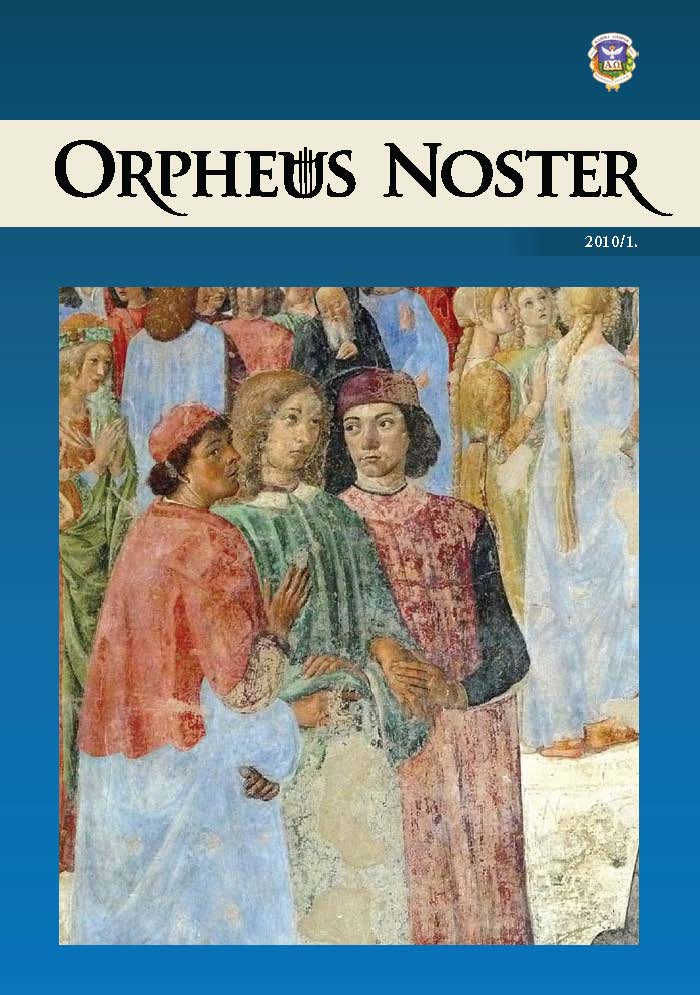Kartográfia, történelem és eredetkutatás Bod Péter (1712–1769) térképében
Cartography, history and origins in Péter Bod's map (1712-1769)
Author(s): Botond Kund GudorSubject(s): History, Geography, Regional studies, Historical Geography, Modern Age, 18th Century
Published by: Károli Gáspár Református Egyetem
Keywords: history of carthography in Transylvania; historical geography; Rudimenta Cosmographica;
Summary/Abstract: Although it cannot be compared to the intense cartographic work of János SzászkyTomka, Mátyás Bél, Maximilian Hell or Sámuel Mikoviny, some interest in cartography and historical geography (prompted by the idea that the geography of each state should be better known – Staatenkunde) was shown inTransylvania duringthe 18th century. The Baroque interest in origins, documents discovered in archives and the development of geography drew the attention of historians as well as theologians. Péter Bod (1712–1769), the reverend and historian of the Reformed Church in Transylvania, drew a map – for the manuscript version of the church history he wrote – of the origins, migrations and temporary habitation of the Hungarians. The map is simple but it helps us understand the interest which the publication of the Geste of the Anonymous Notary prompted among historians. Bod found his arguments in the ancient world (tabula Peutingeriana, Herodotos) as well as in 18th century historiography (Mátyás Bél, Ferenc Otrokocsi Fóris, Ince Dezsericzky and György Pray). His map – which was drawn around the year 1750, but published now for the first time – is, although simple and without much claim to recognition by major European cartographers, the first attempt in Eastern Europe to describe the Hungarian migration towards the Carpathians. Besides, Bod’s map is an undeniable proof that geographical history was gaining ground inTransylvania. Bod’s map is one of the first maps with a didactic and pedagogical purpose in Hungarian historiography. It precedes the work that was done by Maximilian Hell and is at least contemporary with that of János Szászky-Tomka. Bod’s attempt to draw a map of the origins of the Hungarian people also indicates an interest in historical truth, critical spirit and a deep respect for historical sources – all of which become the norm in historical cartography only at the beginning of the 18th century.The transformation of what Bod regarded as iter Hungarorum into a map of Eurasia by using both classical and modern information (according to the acceptation of the term which was current during the 18th century) was the first such attempt inTransylvanian history. It indicates the dawn of cartographic modernity in this part of Europe as well as the intellectual quality of the scholarly reverend from Magyarigen/Ighiu who witnessed Europe and Transylvania at the beginning of the Enlightenment and contributed through his scientific work to the development of this Age of Reason.
Journal: Orpheus Noster. A KRE Eszme-, Kultúr-, és Vallástörténeti Folyóirata
- Issue Year: II/2010
- Issue No: 1
- Page Range: 161-175
- Page Count: 15
- Language: Hungarian

